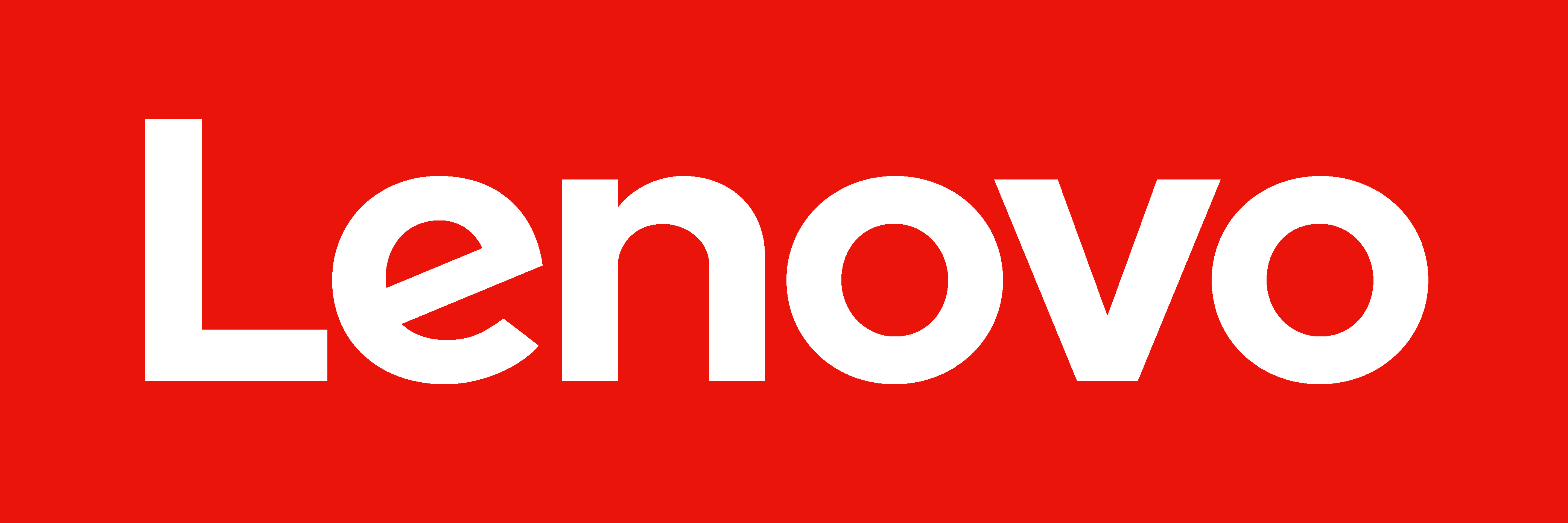
At a time when businesses are under growing pressure to deliver operational excellence and transformational innovation, more and more IT decision-makers are turning to the hybrid cloud hoping to improve performance, drive growth and enhance flexibility.
For some, a hybrid cloud infrastructure represents a best-of-both-worlds approach, enabling IT leaders to mix public cloud, private cloud and on-premises infrastructure solutions. It has been proven to help organisations become more agile, manage costs and remain fit to meet the demands of a fast-changing digital landscape.
Cloud on its own, however, is by no means a silver bullet and many businesses across a variety of industries have yet to realise a significant return on their investment in the technology. Among the barriers to profit are regulatory demands, including data residency, and a need for low-latency connections. For these and other reasons, sometimes on-premise is the more sensible destination. And it is why hybrid cloud – combining public cloud solutions with on-premise resources, often in your own or co-lo facilities – is proving attractive.
It was with this in mind that Tech Monitor, in association with Lenovo, convened a roundtable discussion titled ‘Achieving the right balance with hybrid cloud’ and invited senior IT decision-makers to share their views.

Asked first to identify the issues that had brought them to the event, a number of themes emerged. Some wanted to hear the case for cloud computing in its many forms, operating as they were in predominantly on-premise environments. Another wanted to know what role the hybrid cloud plays in helping a relatively young company better manage the disparate data sources at its disposal, most of which remain hidden.
Others were interested in the role of sustainability. Big public cloud providers “talk a good game”, they said but concrete metrics remain elusive. Some mentioned that they were interested in learning more about cloud governance: “I know it’s coming but I don’t know how to do it or what the risks are.”
In a (straw poll) effort to understand the presence of the three big US public cloud providers in companies across the UK economy, attendees were invited to indicate their adoption of hyperscaler services by a show of hands. Of the dozen and a half people around the table, six said they used AWS somewhere in their organisation, 11 made use of Microsoft Azure, while two were Google Cloud users. One attendee, meanwhile, was drawing on the services of all three hyperscalers. Asked whether that was by accident or design, he said it was definitely the former. “We grew inorganically,” he said, across “different networks, different countries with their own regulatory restrictions [and] different CIOs from different divisions choosing their own thing.”
Mark Sproson, leading the discussion for Lenovo, cited research data that appears to reflect the straw poll. Accordingly, 12% of UK and European companies have a public-cloud-first policy; 50% still rely on private cloud solutions; and 2% are public cloud only. There was one public-cloud-only organisation in attendance on the night. The individual conceded that while the cloud offered a number of benefits – agility and flexibility among them – the original driver for the cloud-only approach, cost efficiency, had not been realised. “We haven’t got cost savings,” they said, “but we do have cost certainty.”
Another attendee agreed that ambition for cost savings had proved elusive. He said, too, that claims of public cloud resilience were questionable. Lastly, he said the move to the cloud as part of a hybrid approach required a mindset change. Engineers are having to rethink how they treat infrastructure projects and how they deploy workloads. “Mostly that has been a positive.”
On sustainability, one attendee contended that public cloud was always going to deliver a greater environmental dividend than a hardware-heavy, capital-intensive on-premise approach. Even so, they added, there remains a lack of clarity around measurement, especially regarding Scope 3 emissions.
For some IT professionals, environmental sustainability may not be a first-order priority above price and security. However, while power prices remain high, a mission to reduce energy bills may dovetail with more sustainable choices. The motivation may differ but the ends may be the same.
‘Achieving the right balance with hybrid cloud ’ – a Tech Monitor roundtable discussion held in association with Lenovo – took place on 8 November 2023 at M Threadneedle Street, London. Tech Monitor and Lenovo will be addressing the same subject again at another roundtable event on 24 January. Find out more.







